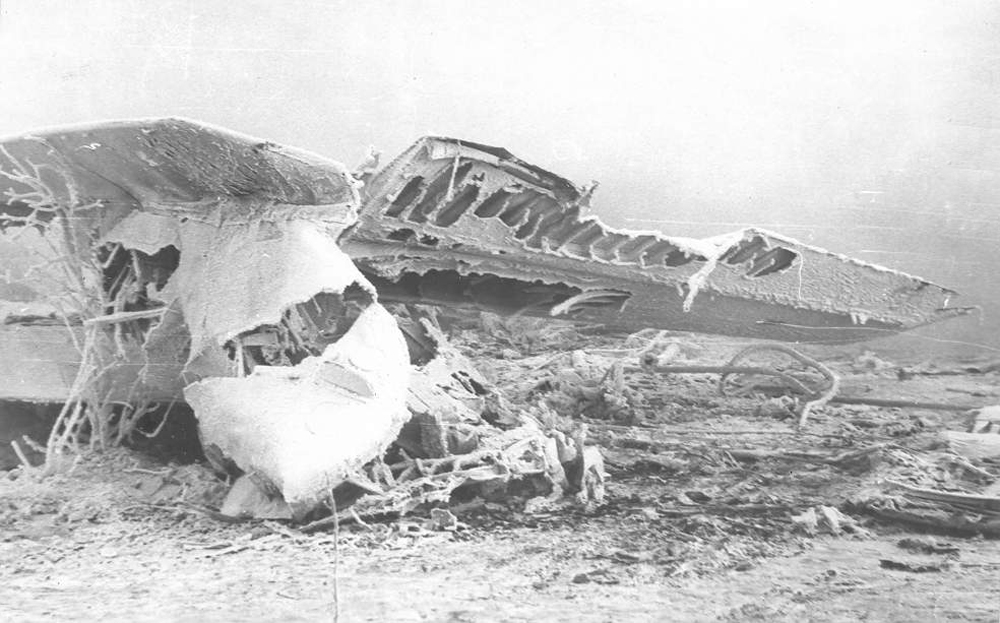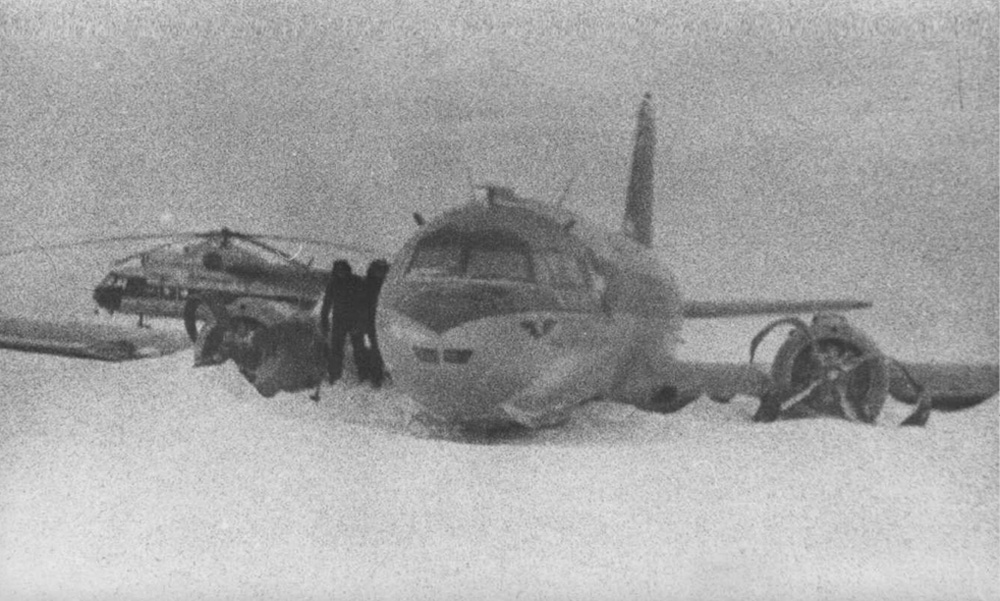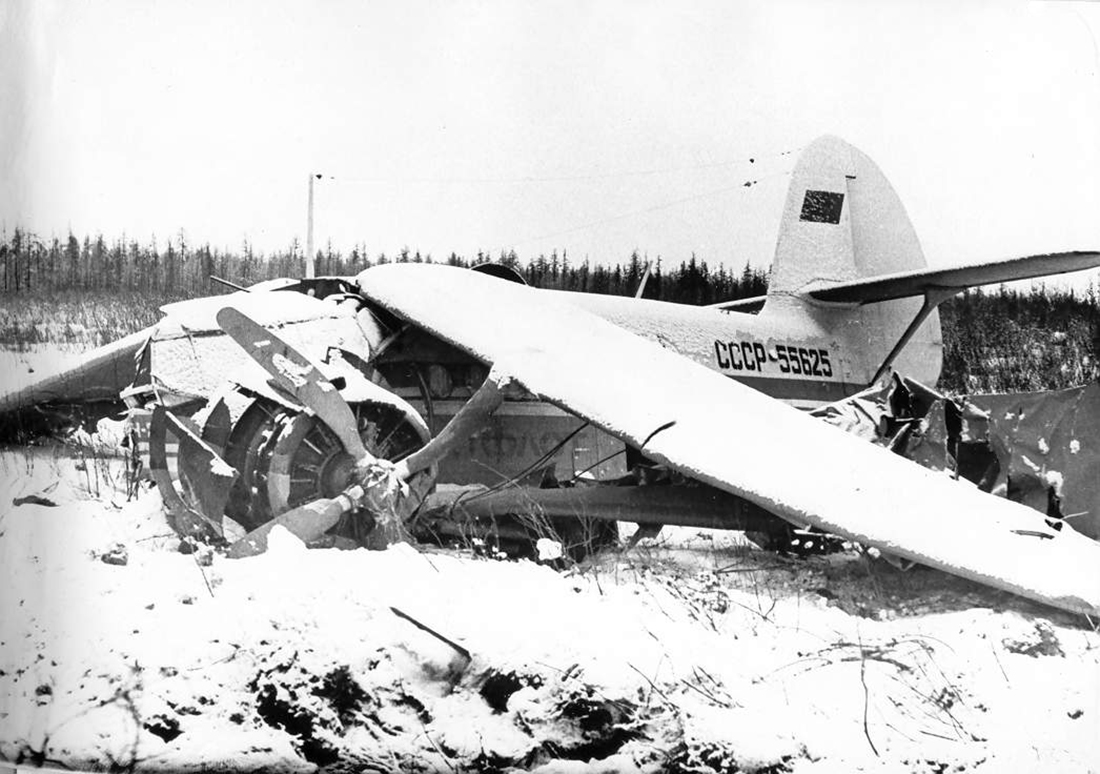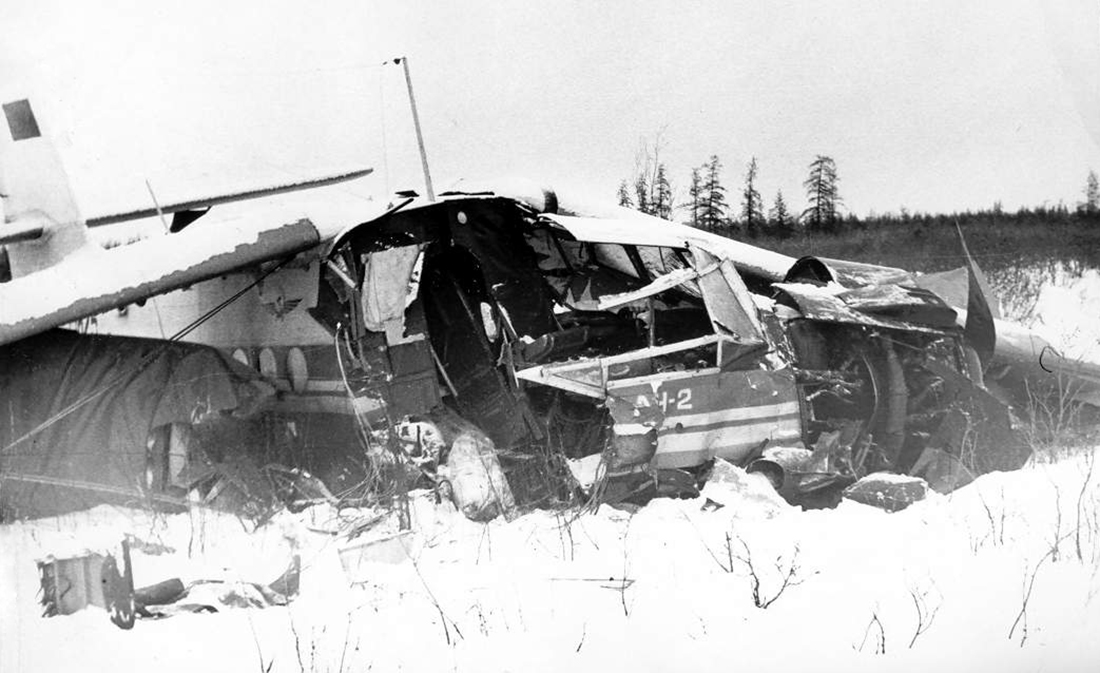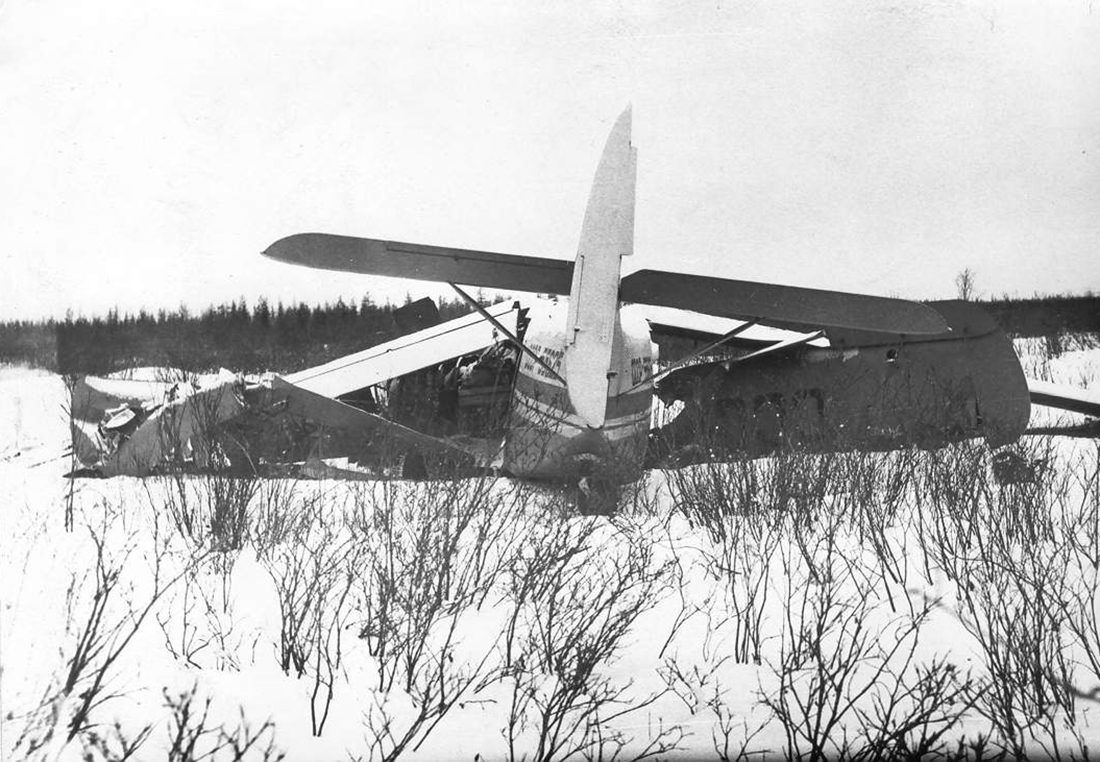Crash of a PZL-Mielec AN-2P near Ukhta
Date & Time:
Dec 20, 1977
Registration:
CCCP-07471
Survivors:
Yes
MSN:
1G151-46
YOM:
1973
Crew on board:
0
Crew fatalities:
Pax on board:
0
Pax fatalities:
Other fatalities:
Total fatalities:
0
Circumstances:
The engine failed in flight, forcing the crew to attempt an emergency landing. The aircraft crash landed near Ukhta and was damaged beyond repair. There were no casualties.
Probable cause:
Engine failure.

